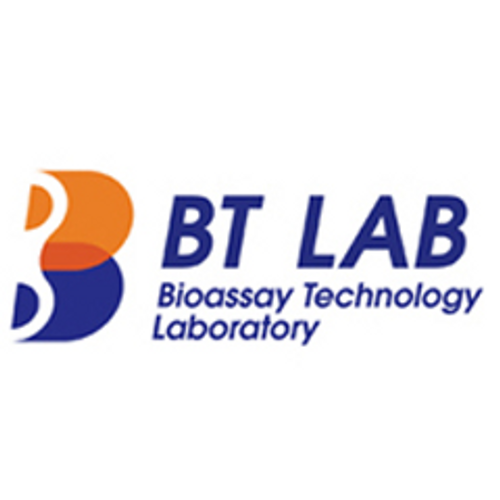Product Description
Pig Oxyntomodulin (OXM) ELISA Kit | AE63273PI | Abebio
Species Reactivity: Pig (Sus scrofa; Porcine)
Abbreviation: OXM
Alternative Name: N/A
Application: ELISA
Range: Request Information
Sensitivity: Request Information
Intra-Assay: ≤4.5%
Inter-Assay: ≤8.7%
Recovery: 0, 94
Sample Type: Serum, Plasma, Other biological fluids
Detection Method: Sandwich
Analysis Method : Quantitive
Test Principale: This assay employs a two-site sandwich ELISA to quantitate OXM in samples. An antibody specific for OXM has been pre-coated onto a microplate. Standards and samples are pipetted into the wells and anyOXM present is bound by the immobilized antibody. After removing any unbound substances, a biotin-conjugated antibody specific for OXM is added to the wells. After washing, Streptavidin conjugated Horseradish Peroxidase (HRP) is added to the wells. Following a wash to remove any unbound avidin-enzyme reagent, a substrate solution is added to the wells and color develops in proportion to the amount of OXM bound in the initial step. The color development is stopped and the intensity of the color is measured.
Product Overview: Oxyntomodulin is a 37 amino acid peptide that contains the 29 amino acid sequence of glucagon followed by an 8 amino acid carboxyterminal extension. Radioimmunoassays using antisera that are not specific for both the C-and N-terminus of oxyntomodulin will also cross-react with glucagon, and possibly glicentin. Hence much of the earlier literature assessing circulating oxyntomodulin using non-specific assays may not be 100% accurate. Oxyntomodulin has also been shown to inhibit food intake following icv administration in rats. Injection of oxyntomodulin directly into the paraventricular nucleus also resulted in reduced food intake. Oxyntomodulin appears to inhibit food intake both prior to the onset of dark phase, as well as in fasted rats in the am. Remarkably, the anorectic actions of oxyntomodulin were blocked by the GLP-1 receptor antagonist exendin (9-39) .
Stability: The stability of ELISA kit is determined by the loss rate of activity. The loss rate of this kit is less than 5% within the expiration date under appropriate storage condition. The loss rate was determined by accelerated thermal degradation test. Keep the kit at 37°C for 4 and 7 days, and compare O.D.values of the kit kept at 37°C with that of at recommended temperature. (referring from China Biological Products Standard, which was calculated by the Arrhenius equation. For ELISA kit, 4 days storage at 37°C can be considered as 6 months at 2 - 8°C, which means 7 days at 37°C equaling 12 months at 2 - 8°C) .
 Euro
Euro
 USD
USD
 British Pound
British Pound
 NULL
NULL








